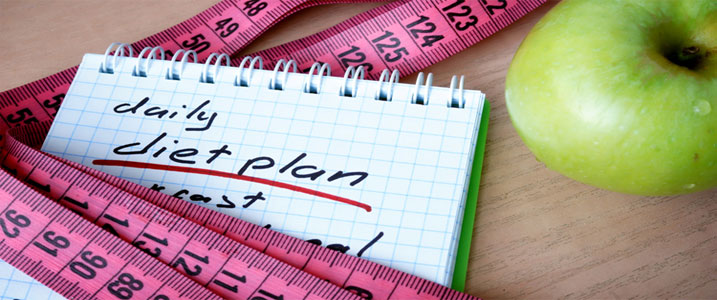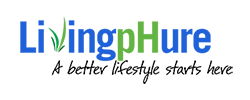
The second important aspect of a healthy lifestyle is simply what we eat – what dietary regimen best supports our nutritional needs. In my experience, I have found two scientifically based dietary plans which, when used in combination, work to maximize blood and tissue pH balance as well as to provide optimal nutritional support for the body on a cellular level. Both of these approaches are based in the science of Microbiology and are time tested in terms of function and efficiency. In short, they simply work to promote optimal health and well-being.
The first of these is the Blood Type plan which I use to give structure to an individual’s dietary perspective. This plan provides a reference profile for each of the four Blood Types which lists which foods (not food groups) are1) most beneficial, 2) beneficial, or 3) non-beneficial for any individual based on their particular Blood Type. These profiles include all foods within all food groups (including condiments) and gives you an accurate visual as to which foods actually benefit you based on your body chemistry and lifestyle.
The second dietary regimen which is most essential to an optimally balanced dietary regimen is the pH Miracle plan which focuses on blood pH as the single measurement most important to your overall health. While different areas of the body require different ideal pH levels, it is the pH of the blood which must be kept in a very narrow pH range. In order to do this, it is recommended that you consume 80% alkaline foods and 20% foods that are acidic. This plan educates you as to which foods fall into these categories and provides you with the pH value of each. It also gives you a list of beneficial foods to incorporate into a healthy lifestyle diet while also telling you which foods are best to avoid – and explains the reasons why. Both of these lifestyle dietary plans are 1) scientifically based on the body’s ability to assimilate foods as nutrients, 2) come with a wide variety of recipes, 3) are designed to educate anyone regarding “real” food and supplemental choices, and offer invaluable “tips” to help ease one’s transition onto these plans. The pH plan, in particular, stresses the need for optimal (alkaline) hydration. Books and website information about these dietary “approaches” are readily available.









